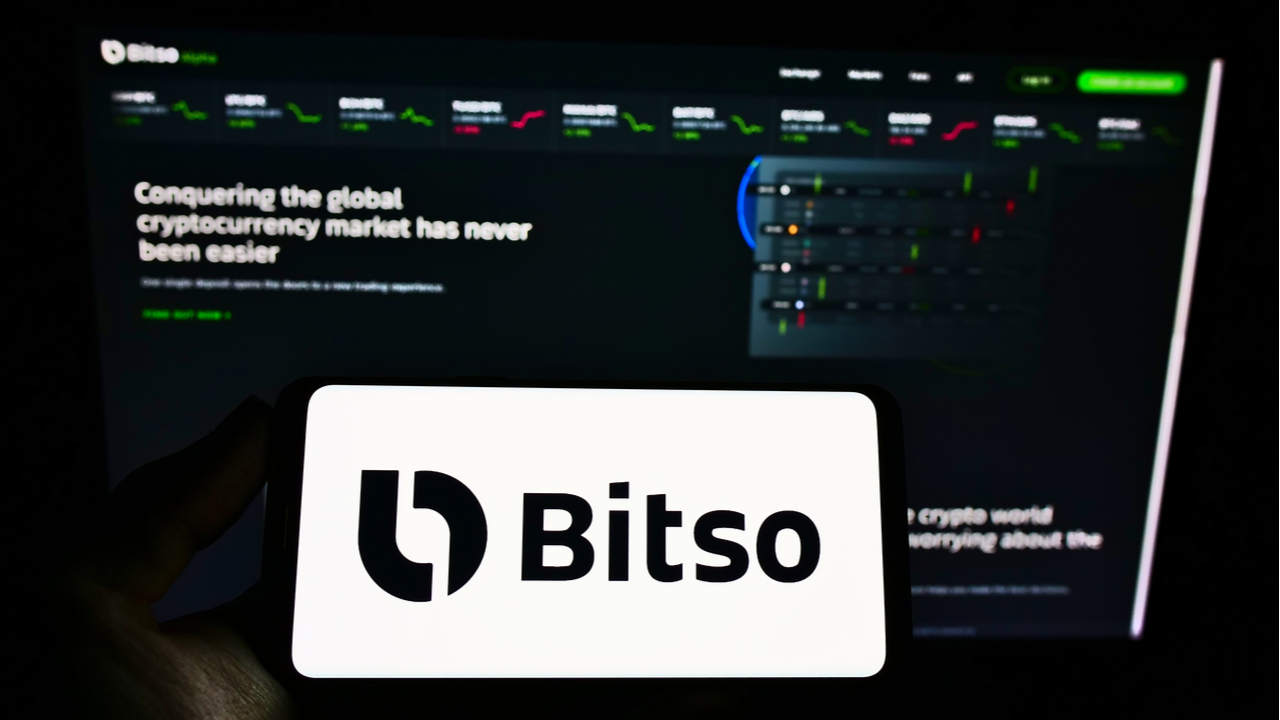Faster transactions with blockchain technology

A recent NBC survey found that 21% of consumers surveyed in the United States have traded or used cryptocurrency, including half of men between the ages of 18 and 49.
In addition, 40% of black Americans in the survey used crypto, as did 42% of all consumers between the ages of 18 and 34. Some of the selling points, according to crypto advocates, include transaction speed, cost, privacy and the perception of crypto as a means for consumers without a bank to access financial services. In addition, 23% of online businesses plan to offer crypto and stablecoin payment options by 2024, and 36% of CEOs say they are ready to accept stablecoin payments now.
Among those with experience with cryptocurrency, 68% say that they are a faster payment alternative than alternatives, and 37% of the total population believe that blockchain technology makes payments faster. In practice, the speed of a blockchain transaction depends on the mechanism behind it. A consensus mechanism – such as the protocol for proof of work or proof of effort – ensures that each transaction is genuine and unique.
Proof-of-work has existed since the early days of blockchain technology and is the part of cryptocurrency transactions that is responsible for the high energy consumption that is usually associated with cryptocurrency, due to the complex computational processes involved. Each transaction can take 10 minutes or more, and the cost per transaction can increase sharply when there is significant demand. In contrast, proof-of-stake uses a randomly selected validation method that requires less energy and fewer resources. As a result, proof-of-effort also results in faster transactions and, typically, lower fees. Proof-of-stake blockchains can also process hundreds of times as many transactions per second as proof-of-work blockchains.
This month, PYMNTS Intelligence examines the promise of faster transactions using blockchain technology and how markets and stakeholders respond to the benefits blockchain offers.
Take the pain out of transaction speeds
With rare exceptions, even slow crypto transactions are fast compared to many of the other payment methods that most often depend on. Most blockchain transactions are completed in minutes, instead of hours or even days, and are able to provide insurance against errors or fraud through the transparency of distributed ledger (DLT) technology. A recent survey of transaction rates showed 67 cryptocurrencies with transaction rates of five minutes or less, with a further 16 cryptocurrencies with rates of more than five minutes. Ethereum Classic was far out, with transactions taking almost a week, but on the other extreme, five other cryptocurrencies – Algorand, Avalanche, Flow, TRON and Energy Web Token – recorded transaction speeds of less than one minute, and another 12 had transaction speeds that approaching immediately.
Sellers see the potential in that speed, and 70% of respondents said that faster cryptocurrencies could revolutionize their businesses. Among sellers who already accept crypto payments, 80% said they find it easier to settle with crypto than in fiat currencies. In another survey of companies that already perform crypto transactions, 82% of CFOs and CFOs said they see faster settlements for crypto payments compared to non-crypto, and 88% of sellers reported the same. 
Remove barriers with blockchain
This increased speed becomes especially important for cross-border transactions. In a PYMNTS survey, more than 37% of companies said they use blockchain and cryptocurrencies for cross-border transactions, while almost 13% said they want to use crypto for that purpose. In addition, more than 14% of companies said they use blockchain and crypto for other payments, while almost 23% said they would also use crypto for that purpose.
Between early 2020 and early 2021, the value of remittances sent to Latin American countries using crypto exploded from about $ 100 million per month to almost $ 400 million per month. This was probably largely driven by the desire to avoid high transaction fees, but cross-border cryptocurrencies also provide clear benefits in terms of predictability and speed. Even the Ukrainian government has seen the benefits of cross-border crypto payments, as international aid has flowed into the country through crypto-transactions, unhindered despite the country being in the middle of a war. The same incident also pressured large global suppliers who had not accepted cryptocurrencies to develop the opportunity quickly.
Richard Walker, principal at Deloitte Consulting LLP, said that cross-border cryptocurrencies can dramatically change the ecosystem for cross-border payments. The current ecosystem is full of inefficiency and friction due to the need to navigate different point solutions and pull them together into a single chain that delivers money across the globe. Payments do not go directly from the payer to the payee, but from node to node through a chain, with different steps that require fees and each additional transaction takes time. In contrast, just as consumers have discovered, cryptocurrencies present the potential to completely disrupt a company’s cross-border payments by making them faster and cheaper, and they can also introduce the possibility of self-service and greater control.
The same benefits apply whether blockchain payments cross the globe or cross the street, although they are most obvious in more complex transactions. By speeding up transactions both through faster mechanisms and by removing intermediaries, blockchain payments have the potential to completely change the nature of payments.


